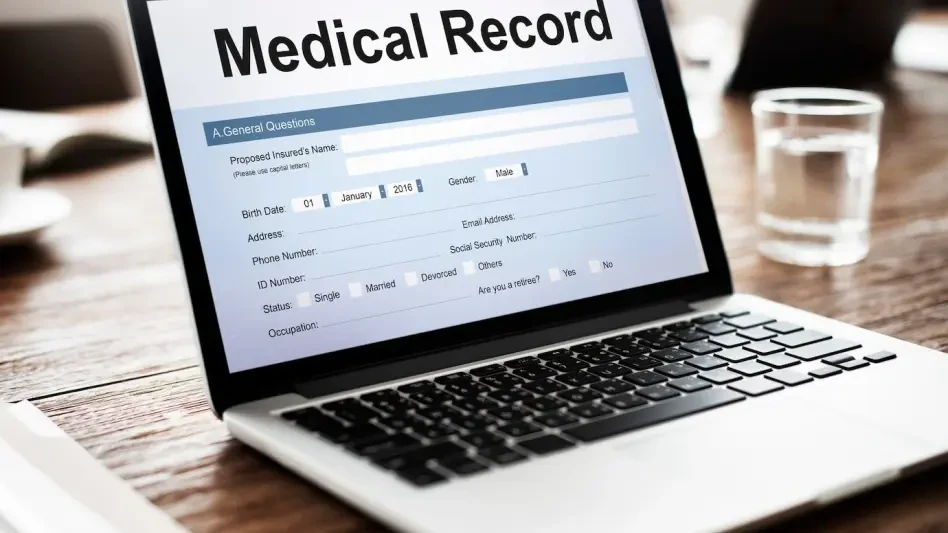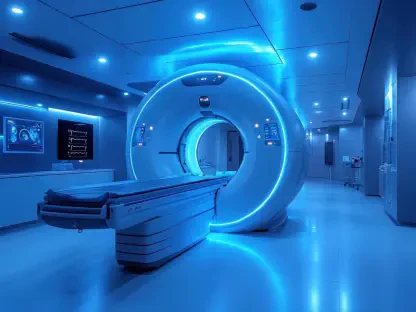The digital revolution has firmly rooted itself in the global healthcare sector, and Indonesia stands out as a key player undergoing tremendous transformation with Electronic Medical Records (EMRs) at the forefront. As of today, the nation’s healthcare system is embracing digitalization, aiming to enhance patient care, streamline hospital operations, and ensure timely access to critical medical data. This shift towards automation and data centralization marks a profound change from the traditional manual record-keeping systems that dominated Indonesian hospitals in the past. The adoption of EMRs is dramatically shaping the healthcare landscape, despite challenges such as infrastructure inadequacies and regulatory constraints. The evolution of EMRs in Indonesia is a testament to the region’s altering healthcare dynamics, guided by both technological advancements and a drive for improved patient outcomes.
EMR Implementation and Challenges
A vital reason for the adoption of EMRs in Indonesia has been the need for efficiency in managing patient information, coupled with the urge to modernize hospital operations. Despite these advancements, numerous challenges persist, hindering wider implementation. Initially, the pace of EMR integration was slow due to underdeveloped digital infrastructure and the absence of enforceable standards. Many healthcare facilities were hesitant to transition from paper-based systems to digital formats, largely due to privacy concerns and the significant initial investments required. However, these obstacles are not insurmountable. The pandemic acted as an unexpected catalyst, emphasizing the need for swift, reliable data handling to manage health emergencies effectively. This led the government to encourage more hospitals to adopt EMRs, providing incentives and guidance to establish a more connected healthcare network. Still, the journey towards full digital adoption remains fraught with hurdles, as personalized training for medical staff and the implementation of robust cybersecurity measures continue to be necessary.
The regulatory landscape in Indonesia also plays a crucial part in shaping EMR deployment. Healthcare policies and government regulations serve both as facilitators and barriers depending on their evolution in alignment with technological needs. Regulatory support, therefore, is pivotal in driving forward the agenda of digitization in healthcare. Initiatives aimed at establishing national standards for EMR systems have gained traction, though their full realization requires continued effort. The presence of standardized frameworks like the Electronic Medical Record Adoption Model (EMRAM) holds promise for enhancing digital maturity across facilities, yet its systematic implementation is still underway unevenly. Building upon these frameworks can significantly aid in crafting a more coherent vision for the future of healthcare digitalization in the nation.
Motivations and Benefits of EMR Adoption
The motivations driving EMR adoption span beyond mere compliance with contemporary technological standards. They extend into the realm of enhancing patient experience and hospital performance. By facilitating accurate and timely access to patient health data, EMRs elevate the quality of healthcare services significantly. The automation of records reduces administrative burdens and minimizes the risk of human error. This not only ensures precision in record-keeping but also accelerates clinical processes, from diagnosis to treatment planning. Furthermore, the integration of EMRs with other national health programs, like the National Health Insurance (JKN), can vastly improve financial transparency and operational efficiency within hospitals. Hospitals that embrace these systems are better equipped to handle claims processing, leading to streamlined health financing and bolstered data reliability.
However, for EMR systems to truly thrive, they must encompass functionalities that cater to the varied needs of healthcare providers. Comprehensive interoperability is essential for drawing benefits across different medical departments. Having real-time data integration and structured data recording further augments their utility, fostering a holistic approach to patient care. As healthcare providers become increasingly aware of the potential benefits, the intrinsic value of EMRs as more than just a digital storage platform becomes evident. They are transformational tools that promise to reshape healthcare delivery, acting as catalysts for improved patient safety and healthcare outcomes.
Integrating AI in EMR Systems
Artificial Intelligence (AI) has emerged as a powerful ally in enhancing the operational capabilities of EMR systems within Indonesia’s healthcare sector. The incorporation of AI offers innovative solutions, particularly in addressing the time-consuming nature of data entry, which often detracts from direct patient care. Technologies such as speech-to-text systems enable healthcare professionals to capture medical notes in real time, streamlining the data entry process by automatically converting spoken words into structured digital records. By doing so, AI alleviates the administrative burden on medical staff, allowing them to focus more on patient interaction and care quality.
Moreover, AI-powered clinical decision support systems contribute significantly to the decision-making process, providing automated treatment recommendations, issuing alerts for potential drug interactions, and identifying anomalies in laboratory results. Such functionalities not only boost the efficiency of medical services but also enhance safety and healthcare quality. Indonesia’s healthcare facilities have observed improvements in service delivery through AI integration, reflecting a paradigm shift towards more technologically adept healthcare practices. As AI continues to evolve, its role in augmenting EMR capabilities and expediting the digital transformation of the health sector is poised for expansion, opening new avenues for smarter, more efficient healthcare solutions.
Future Outlook for EMRs in Indonesia
The push for Electronic Medical Records (EMRs) in Indonesia stems from the need to streamline patient information management and modernize hospital processes. Despite this, various challenges have limited widespread adoption. The early integration of EMRs was hampered by poor digital infrastructure and lack of enforceable standards, causing many healthcare providers to be reluctant to switch from paper to digital due to privacy concerns and hefty initial costs. Nonetheless, the challenges are not insurmountable. The COVID-19 pandemic accelerated the need for efficient data management, prompting the government to urge hospitals to adopt EMRs by offering incentives and guidance for a more integrated healthcare network. However, achieving full digital adoption is still complex, requiring personalized training for medical staff and strong cybersecurity measures.
Additionally, Indonesia’s regulatory environment greatly influences EMR deployment. Healthcare policies can either support or hinder technology adaptation. National standardization initiatives like the Electronic Medical Record Adoption Model (EMRAM) offer hope, yet consistent, widespread application remains necessary to ensure a unified approach to healthcare digitalization in the country.









